words and photos by Brennan Lagasse
With the threat of drilling on the jagged horizon of the Arctic National Wildlife Refuge, a skier and conservationist looks to the local Indigenous community for answers.
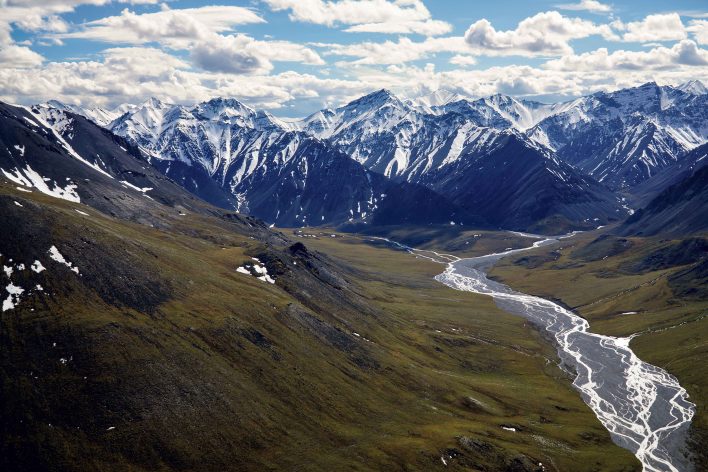
The Brooks Range, which includes the headwaters of the Hulahula River, cuts an arc across the sacred land of the Arctic National Wildlife Refuge.
The bush pilot looked at our gear.
We knew we were heavy, given all it takes for an Arctic expedition. Skis and boots should have been hidden away, but the ice axes were intentionally left out. It’s protocol with most aircrafts to pack the sharps individually. To me, there was more danger in them looking like extra pieces of loose, nonessential gear than poking someone in the plane. Weight allotments and cargo space are a crux of any Arctic expedition. I doubt the pilot cared that our ski boots were “super” light.
He paused at the skis.
“So, you think you’re going skiing?”
Smiling, I replied, “As long as we can fit the gear.”
Luckily, we did. None of the 13 trips I’ve done over the past 10-plus years to the Arctic National Wildlife Refuge have been focused on skiing. It’s always a part of the dream. The main goal is to honor the invitation Neets’aii Gwich’in Elder Sarah James made to me years ago to visit her, to experience her land and to bring others to learn from her and her community about a place that might end up a sacrificial zone for what’s under its (for now) permafrost ground. However, this time around I was with another friend, Robert Thompson, an Iñupiat Elder from Kaktovik who had invited me to shoot photos and short slices of film to continue telling a story about why this land deserves protection.
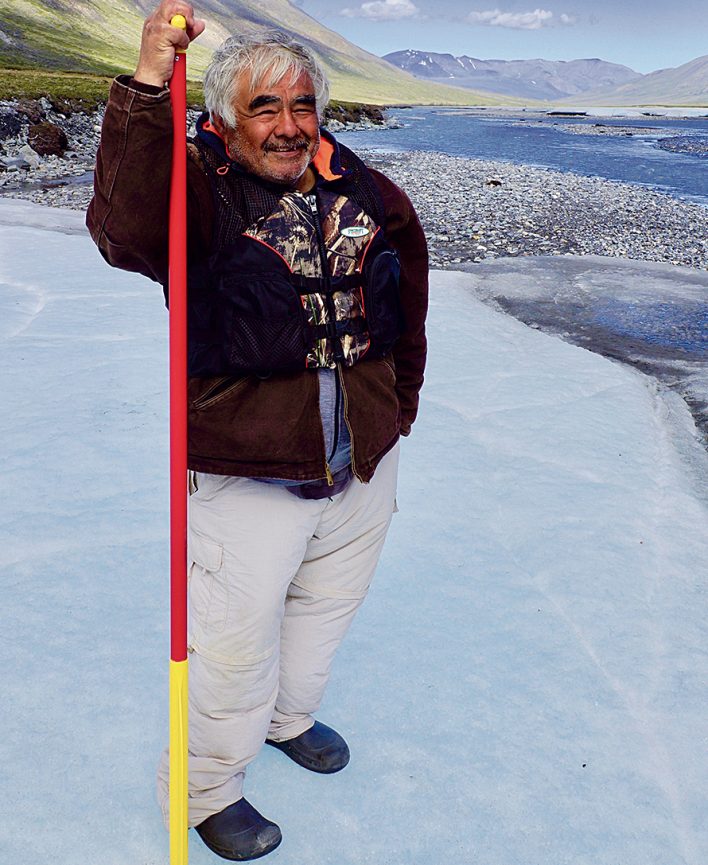
Lagasse says Iñupiat Elder Robert Thompson’s love and care for his homeland is unrivaled.
Situated at the far northern tip of North America in Alaska, Gwazhal (the Brooks Range) perfectly arcs across the upper portion of the Arctic Refuge. It’s an ancient range that started forming 145 million years ago when two tectonic plates converged, with one plate eventually pushing up and over the other creating the mountains seen today. This process also left behind ancient organics that, when compressed by the mountains over time, produced the fossil fuels that the industry has been trying to extract from the ground for decades. The highest mountain range found above the Arctic Circle, the Brooks Range is as aesthetic as any alpine area in the world for skiers. But the reality is that unless you live there, it’s an extremely difficult region to access. It’s also consistently cold and windy, and snow conditions tend to be unfavorable.
Some have called it “the last great wilderness.” Polar bears, grizzly bears and Dall sheep call it home. An area the size of South Carolina, the Arctic Refuge is one of the most biodiverse corners of the planet, with thriving populations of aquatic life offshore in the far north, and up to 200 species of migratory birds to the south. It’s also home to the Porcupine Caribou herd, the land mammal with the longest annual migration in the world at over 1,500 miles.
The late, great Hilaree Nelson once told me, “I’ve traveled all over the world. There is something so unique and special about the Arctic National Wildlife Refuge. It’s not friendly or comfortable or easy, but it’s wild and it’s massive. It’s unique and intense and unlike anywhere I’ve been.”
There’s a chance you’ve heard about skiing in the Arctic Refuge, but there’s a better chance you have heard about it for other reasons. As the last 5% of semiprotected land on Alaska’s North Slope, the refuge remains a largely intact, but hotly contested area. For decades, the oil industry has pushed to get into the Coastal Plain, the refuge’s far northern portion known as the 1002, which encompasses this remaining tract of undeveloped land. Historically, conservation groups have fought back. One side is dead set on development, the other on protection.
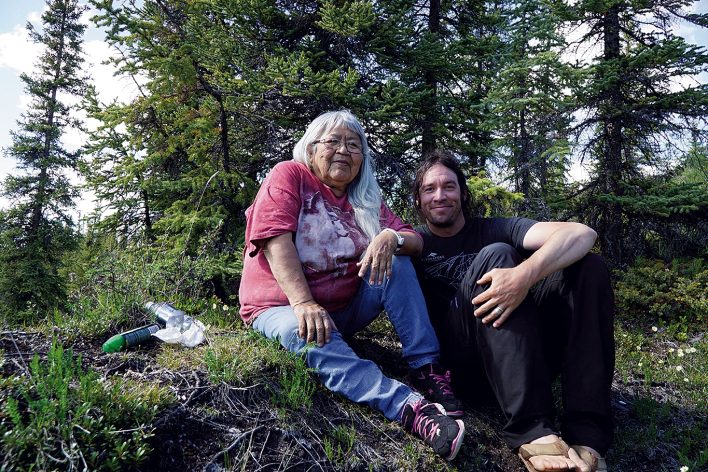
In Gwich’in, the Coastal Plain is known as Iizhik Gwats’an Gwandaii Goodlit, translated as the “Sacred Place Where Life Begins.” Conservation groups and leaders believe the interests of oil companies are incompatible with protection of this pristine biodiversity. What’s the missing link? Bringing people like James, the Neets’aii Gwich’in Elder, to the table. James is how I have come to know this story, and over the years of spending time with her in her home of Arctic Village, Alaska, which lies at the foot of the Arctic Refuge, I’ve learned about the unquestionable significance of this place—one that is lost on many.
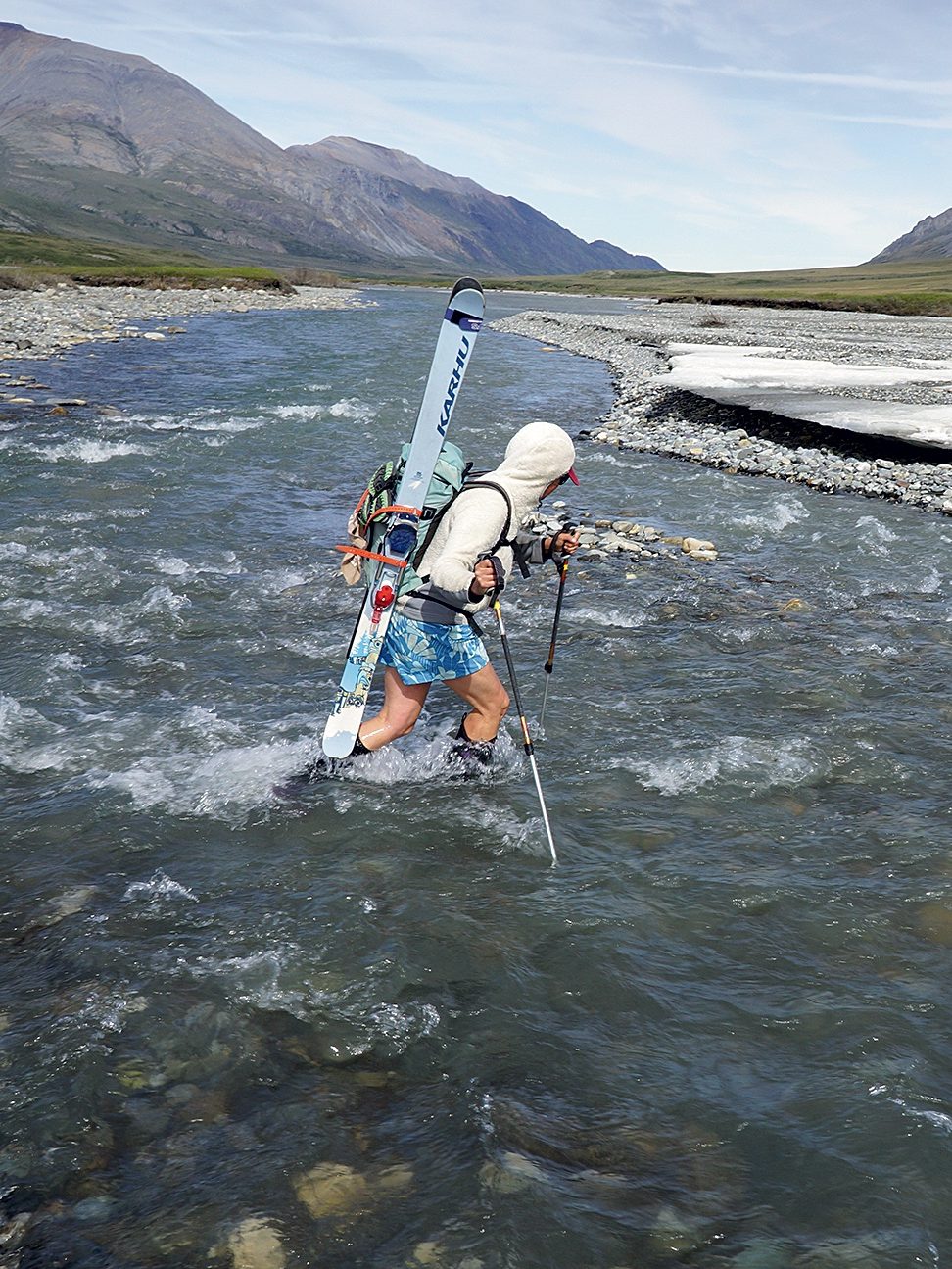
My current travelling companion, Thompson, is also a respected Arctic defender. He lives in Kaktovik at the northern tip of the refuge. Asked why he has devoted decades to protecting the region, he says, “We may lose all, and all that we do may not stop them. But it is important to me that future generations can look back and see that some of our people cared enough for the land to do something to protect it. If that’s all we get out of it, it’s worth the effort.”
The Wilderness Society’s Imago Initiative is an Indigenous-led program that recenters voices like James’s and Thompson’s, leverages the power of conservation groups in their negotiations with federal land managers and fills a gap in holistic land protection advocacy. When the Wilderness Society was founded in 1935, it, like most major conservation groups of the era, was exclusionary, creating barriers against locals who had stewarded the lands for thousands of years. The new focus on Indigenous voices as a missing lead has allowed a more holistic message to reach policymakers all the way in Washington D.C. As a result, these voices are being acknowledged and heard in conservation and policy spaces more than ever.
This fall President Joe Biden announced his administration would cancel several leases to drill for oil in the Arctic Refuge. When the leases were initially approved in the final days of the Trump administration, Arctic Refuge defenders believed they might have lost the battle. In stark contrast, this decision from the Biden administration has renewed hope that a path to permanent protection is still possible.
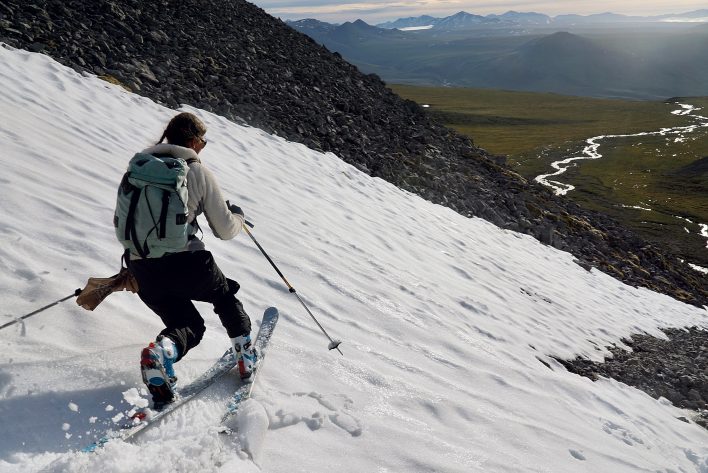
Skiing isn’t the main attraction at the Arctic National Wildlife Refuge, but Shana Maziarz finds some summer turns anyway.
I click into my skis atop a line that I walked for more than half a day to reach. Our bush pilot told us he thought the snow would be good, and to his knowledge, no one has ever skied up here. The excitement and joy easily outweigh the difficulty it took to reach this spot. Nelson was right, there really is no place on Earth like the Arctic Refuge.
I know I’m not alone in seeing the value of what’s underground here as worth far more if it’s left buried, in preservation of all that lies—and thrives—on the surface. While the Arctic Refuge is still not permanently protected, with initiatives like Imago providing a pathway to protection, I let myself live the dream for a few minutes of snow sliding bliss.
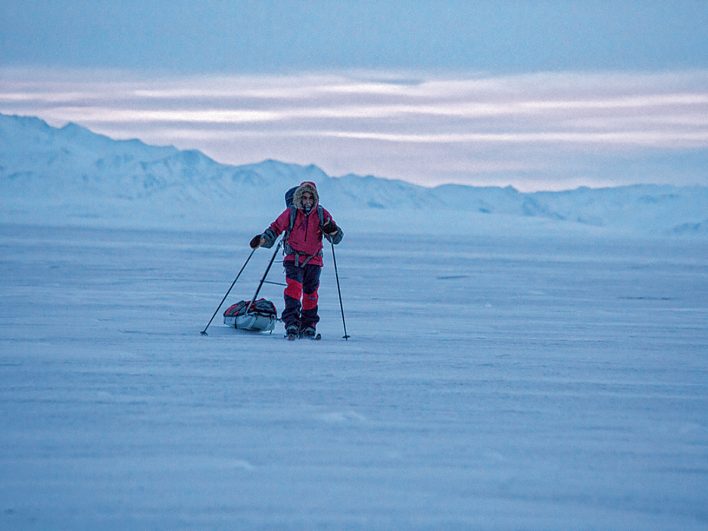
Italian ski mountaineer and activist Ario Z’Hoo leaves on a winter solo mission into the refuge to bring awareness to the need for permanent protection of the region. Scott Sternbach
A long walk home awaits, as does a fight for permanent protection of this place. Good thing the sun never sets in June and people like James, Thompson and the Imago Initiative are there to guide us with their words and wisdom; we just better be smart enough to listen and, as Thompson says, “Do something!”
This article was originally published in The Backwoods Issue | No. 156. To read more, pick up a copy, or subscribe to see our stories when they’re first published.








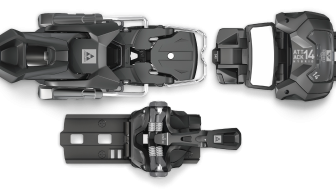

Related posts: